 I bought a book last week on Amazon. Two books, actually, both paperbacks by the same author. Not an earth shattering event in most reader’s households, but unprecedented in mine. I buy mostly ebooks or borrow from the library and tend to forget a story soon after “The End.” Because of this I own few novels, and only hang on to my dog-eared print copies about positive thoughts and writing craft. So the fact that I was compelled to own a hardback is noteworthy. I’ll try to explain why.
I bought a book last week on Amazon. Two books, actually, both paperbacks by the same author. Not an earth shattering event in most reader’s households, but unprecedented in mine. I buy mostly ebooks or borrow from the library and tend to forget a story soon after “The End.” Because of this I own few novels, and only hang on to my dog-eared print copies about positive thoughts and writing craft. So the fact that I was compelled to own a hardback is noteworthy. I’ll try to explain why.
People are drawn to a story for personal reasons, and what appeals to one reader’s sensibilities often make another wonder why the heck the author ever thought to write that particular piece of fiction. Everyone who opens the cover of a book does so with their own goals and experiences resonating just offstage. Our life events color what we feel and see in the plot that currently holds our attention – or doesn’t hold it, in which case we discard the book and reach for another.
I can define what most often draws me into a novel and keeps the pages turning. The themes are similar: A woman, typically knocked around by life, who continues to put one foot in front of the other in spite of [insert description] unsettling events. Not always like the perfect Pollyanna, but at least without extreme wailing and rending of clothes. She’ll often cast around, lost, but whatever fix she’s in eventually helps her grow. To become a different person. That’s my favorite theme: Women in the throes of “becoming.” For my favorite leading ladies, there is no pain without gain. Although the gain is often hard-won and late in arriving, it always arrives.
This premise was in place for me when I began to read The Winter Sea. This post is a testament to author Susanna Kearsley. Her story changed my life, as every classic read accomplishes, in one way or another. I read some comment somewhere on the Internet – a blog post that mentioned Sea and obviously impressed me at the time – and made a note of the name of the book and requested it from the library, then promptly forgot. Two months later an email notified me that the ebook was available to download. Here’s what I found.
Ms. Kearsley has a gift that every writer will understand: She completely removes herself – the author – from the story. Not once did my opinionated internal editor raise its ugly voice to say “I would have said that differently,” or “too many adverbs,” or “too many adjectives,” or “she’s trying too hard here.” Kearsley seamlessly weaves two stories into one and effortlessly pulls off a character who speaks in dialect that is so well done I almost felt as though I was also a native Doric speaker. Her characters are well developed, simple and distinct, and so compelling I will never forget them. Gorgeous. Haunting. Beautiful description, passages that made me wonder how anyone could write like that.
Is it a perfect book? No. It is a lovely, moving, thoughtful story that will pull you in and make you think about the characters long after the book is closed. That’s what happened for me. I want to visit Scotland now, I want to see the scenery the characters saw. I want my friends to read it so I can talk with them about Sophia and John. This is my definition of a “classic read,” an author with the gift to make such an impression with her writing and her characters that I want to re-read it and study her lovely craft.
When I finished the ebook, I started at the beginning again, then ordered the print copy – and another of Kearsley’s titles, The Rose Garden. They came today, and I am filled with an incredible sense of good fortune that I own this beautiful book. This is what a classic read means to me.
Link here for The Winter Sea
Note from Molly: Check out my novels on Amazon, join my Reader’s Club for freebies and book news, and follow me on Twitter. This original content is copyright protected. Thank you so much. Mwah!

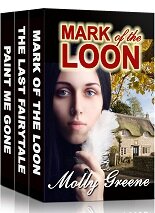
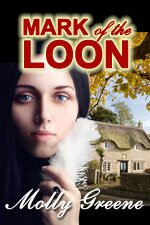
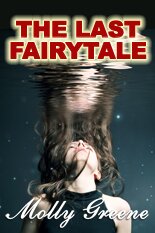


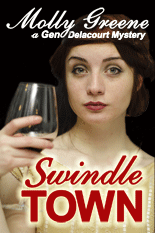
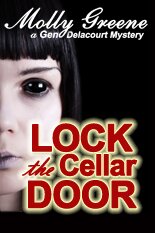
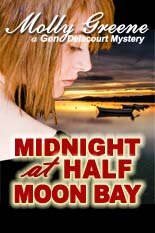
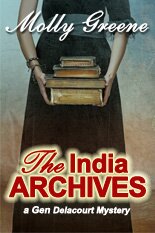

Comments are closed.